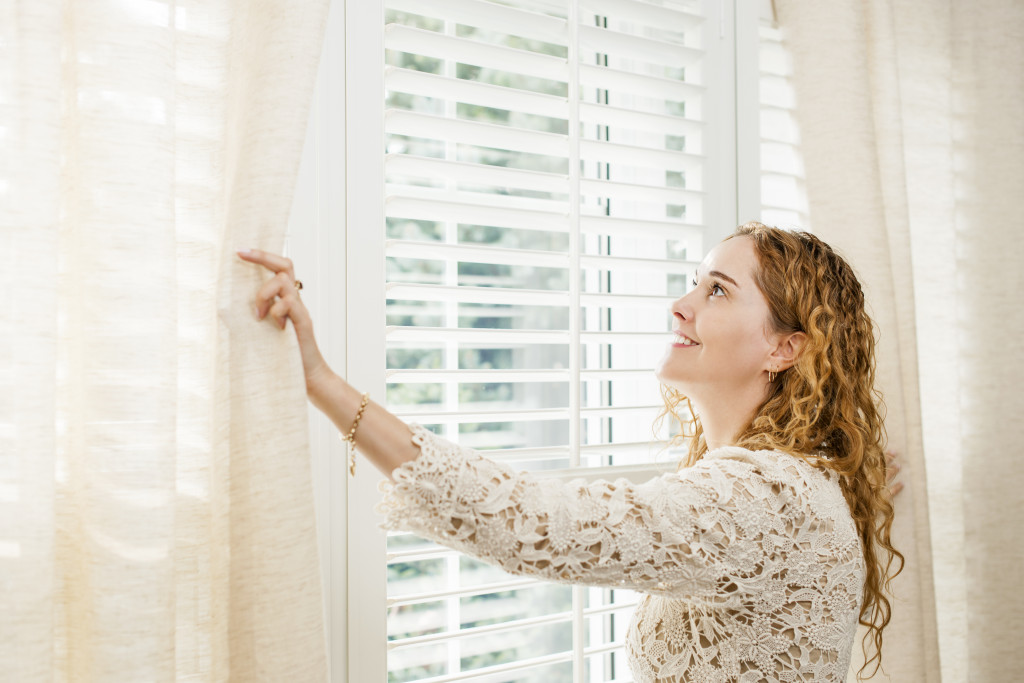In the past couple of years, there has been a spotlight on mental health. People want to know how they can reduce stress and anxiety. They wanted to incorporate practices to better manage or prevent depression into their day-to-day lives.
Not many studies have been done on the impact of interior design on a person’s mental health. It is well documented that the environment, including the house a person lives in or the office they work in, influences mood. For example, in previous studies, researchers found that people who live nearby green spaces are happier, have fewer negative thoughts and emotions, have positive social interactions, and overall have higher life satisfaction. Nature is known to improve attention, memory, and creativity. It promotes better mental health.
Enclosed spaces, too, can aid toward better mental health. Houses can be designed to promote overall well-being, especially now that people regularly experience high levels of stress. Start with lighting.
The Problem with Artificial Lighting
In modern life, artificial lighting will always be present. It is used at home, in offices, restaurants, grocery stores, and outdoors when the sun has set to illuminate roads and walkways. It is hard to imagine what life would be like without artificial light.
Yet, the human body has not really fully adjusted to it. The human body has evolved to respond to sunlight. During the daytime, when the sun is high up in the sky, the body is awake. At night, when it is dark, the body should be sleeping. This pattern takes place within the body. It is called the circadian rhythm, the body’s internal clock. It is present in all living beings, including plants and animals.
The circadian rhythm is primarily influenced by exposure to light. It relies on sunlight to align sleep and wakefulness with day and night. So, now that people are still exposed to light, it disrupts the circadian rhythm even when it is time to sleep. A disrupted circadian rhythm will have a negative influence on a person’s mental health. It will lead to shallower, fragmented, and low quality of sleep.
A good night’s sleep promotes mental resilience. On the other hand, sleep deprivation leads to negative thinking. Sleeplessness is a common symptom of psychiatric disorders. However, it can also exacerbate symptoms of psychiatric disorders, including major depressive disorder.
Mimicking the Natural Cycle
It is impossible to eliminate exposure to artificial lighting. It will always be present. Moreover, it is not inherently bad. It keeps the streets safe, and it allows people to enjoy hobbies at night.
But there is a way to minimize its influence over the circadian rhythm and mental health. Experts recommend using artificial lighting to mimic the day and night cycle. So, for example, during the daytime, lighting should be bright to keep the body awake and alert. At night, dim the light to signal the brain that it is almost time to sleep.
Better Yet, Choose Sunlight
Drawing the curtains and letting the sunshine in during the daytime will automatically reset the body’s circadian rhythm. It is healthy to let the sun brighten a room, and it lowers electricity bills.

However, with the sun comes heat. Some homeowners are reluctant to open their windows during the daytime because it warms the room, which is not a problem during winter, but it gets too hot in summer. Instead, use modern roller shades window treatments that can be adjusted to control the amount of light and heat that enters a room. At night, it also blocks artificial lighting outdoors, ensuring optimum sleep quality.
Be Careful with Color
Color affects mood. The color that artificial light emits can also have an impact on the body. In recent years, there has been much discussion about blue light generated by television, smartphone, and laptop screens. According to studies, blue light is not good because it also disrupts the circadian rhythm when the person is exposed to it at night.
Blue, after all, is a cool tone that makes the environment more stimulating. It wakes up the mind and body. It makes people more alert and focused on their tasks. On the other hand, warm tones are more relaxing. Yellow, for example, is associated with dusk and dawn, a time when humans are at ease. Using warm and dim lighting at night, therefore, can improve sleep and mental health.
Houses can be designed in ways that can improve mental health. While it might not seem like a huge factor for negative feelings and emotions, a person’s surroundings can influence well-being.

